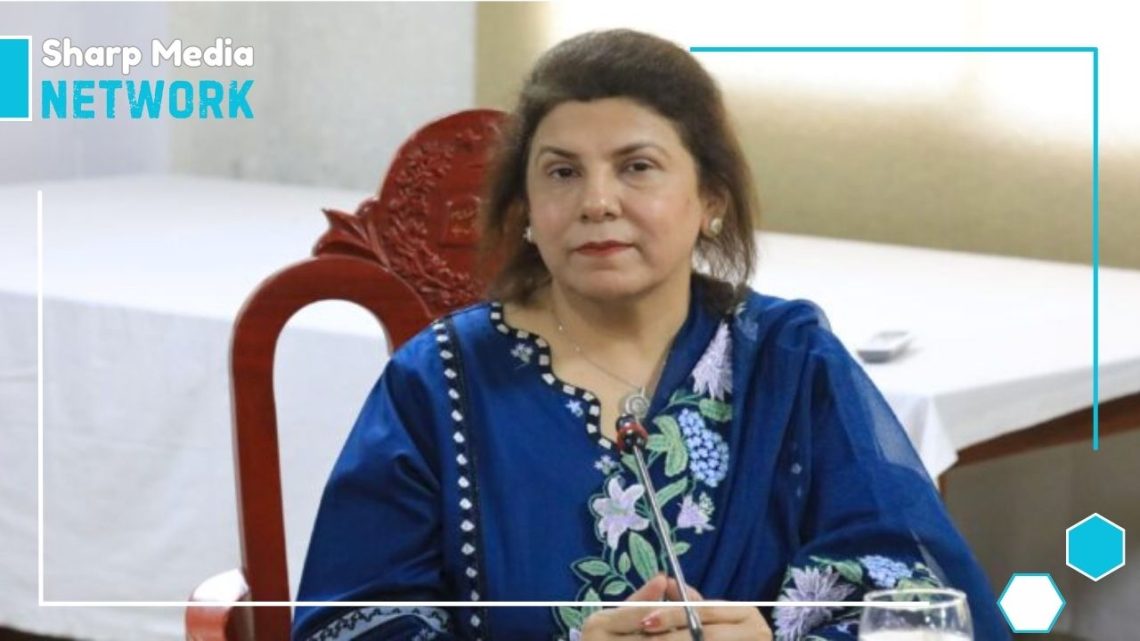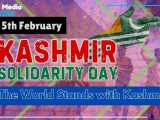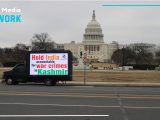
Digital Apartheid in Kashmir – Silencing a Nation: Prof. Dr Shabana Fayyaz
February 6, 2025What happens when a government uses digital technology not only to surveil but to erase an entire population’s voice from history?
The article authored by Prof. Dr. Shabana Fayyaz published in the Policy Journal Stretheia sheds light on a crucial yet often overlooked aspect of the Kashmir conflict—digital apartheid. The author argues that India’s digital repression in Kashmir (IIOJK), especially since the revocation of Article 370 in 2019, is not just a tool for controlling narratives, but an insidious mechanism of control that deeply suppresses the region’s population by denying them access to basic information, communication, and political expression. Kashmir, once hailed as the ‘Silicon Valley of South Asia’, has now turned into one of the most digitally repressed areas in the world, where censorship, surveillance, and internet shutdowns define daily life.
The piece effectively highlights the drastic consequences of the longest internet blackout in Indian Illegally Occupied Jammu and Kashmir (IIOJK) ever imposed in a so-called democracy, which lasted over 18 months, severely disrupting education, healthcare, business, and even basic social interactions. It emphasizes how digital suffocation ensures that Kashmiris remain isolated, unable to document human rights abuses, mobilize for justice, or even express dissent. By labeling this as “digital apartheid,” the author compellingly underscores the profound impact of state-controlled digital repression on freedom and identity.
Dr. Fayyaz further explores the broader context of international complicity, particularly focusing on how global tech giants like Facebook, Twitter, and YouTube have enabled this digital oppression by adhering to Indian state censorship policies. The author’s critique of Big Tech’s role in silencing Kashmiri voices adds a relevant dimension to the global conversation about corporate responsibility in defending free speech.
Additionally, the she draws comparisons with other global instances of digital censorship, including the Palestinian cause, the Sudanese protests, and the situation in Myanmar, showing that Kashmir is not an isolated case but part of a larger trend of authoritarian governments weaponizing technology to silence dissent.
The write-up calls for urgent international intervention, urging human rights organizations and policymakers to hold India accountable for its actions and push for the restoration of digital freedoms in IIOJK. The urgency of amplifying Kashmiri voices, despite India’s ongoing efforts to silence them, is sharply emphasized, with the author framing the situation as a “test of conscience” for the global community.
This article provides a powerful and well-argued case for the critical importance of digital rights in the Kashmir conflict. It raises pressing questions about global complicity in human rights violations and underscores the need for immediate action to end the digital oppression that continues to silence an entire population in IIOJK. It also serves as a call to action for the international community to recognize and address this unique form of repression before the people of Indian Illegally Occupied Jammu and Kashmir are erased from history altogether.

